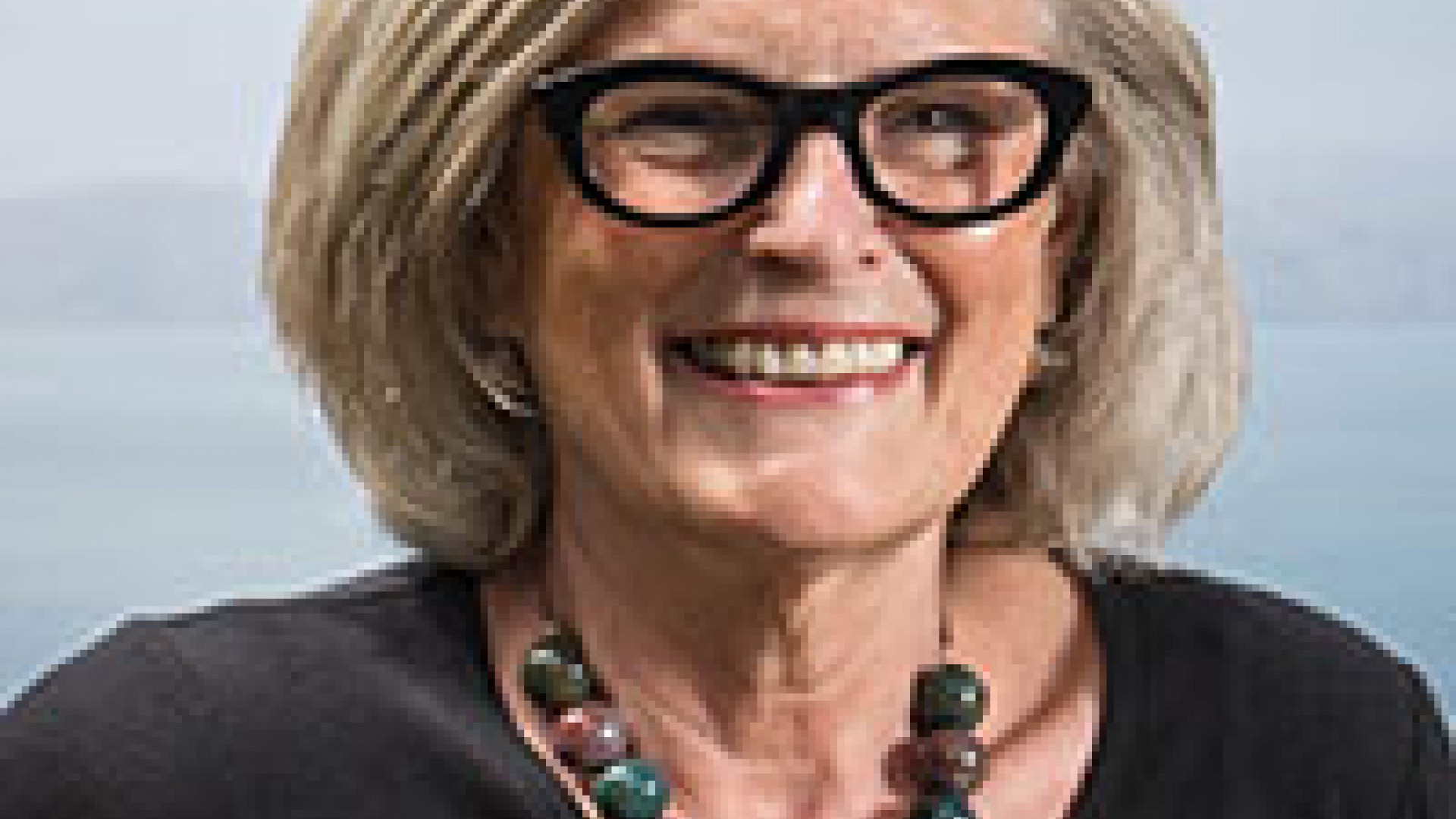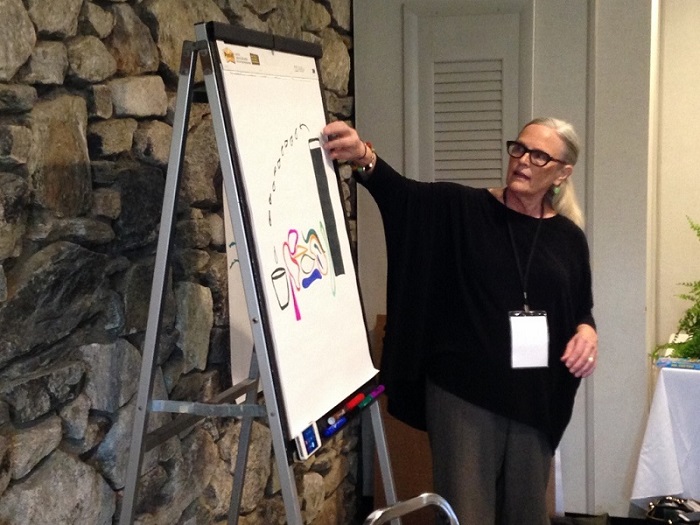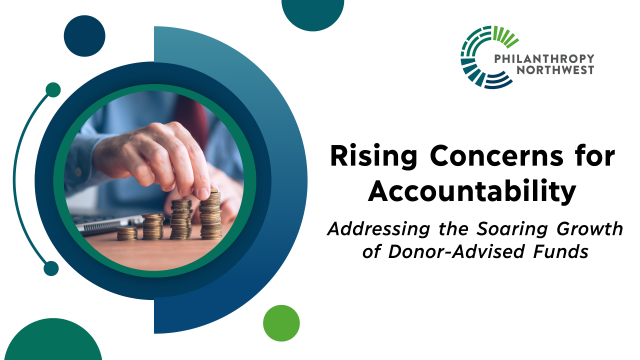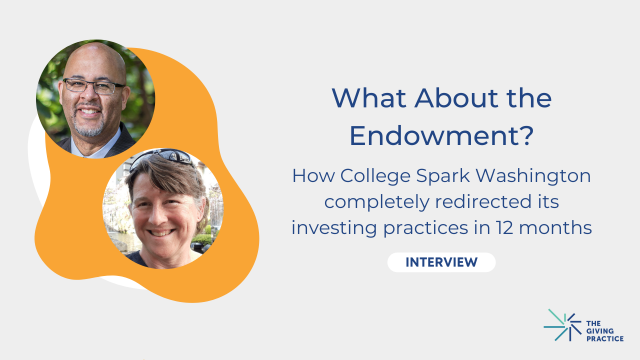
Leslie Christian, Catalyst Fellow
What would the world look like if every foundation committed to using every one of its pennies to advancing its mission — even if it meant rearranging staff, giving up on “market returns" and coming to terms with the fact that nothing, including foundations, lives in perpetuity?
This may seem like a radical premise, but it’s the direction philanthropy has already begun taking. Major foundations in the Northwest and nationwide are being designed to be time-limited and moving to “spend down” strategies. Tech billionaires are sharing their wealth through community foundations, LLCs and social enterprises rather than the more conventional family foundation model. And philanthropy isn’t just about making grants anymore — it’s about impact investments, advocacy and public policy work and being thoughtful about sustainability and place.
A fundamental component of the shift to 100% of capital toward mission is a whole different way of approaching the investment function of a private foundation. It's no longer sufficient to live by the “5% rule”— keep and grow the foundation’s assets while spending the minimum required 5% for charitable purposes. Even foundations that are doing a little impact investing on the side are missing the point. Mission investing — impact investing by foundations — should be a core commitment and competency.
Breaking Down Silos
I suspect we are all acutely aware of the “silo mentality” that can develop in almost any organization, profession or community. We specialize and develop expertise and then, often inadvertently, limit our capacity for holistic and inclusive thinking and creativity. This happens all the time with foundations and other nonprofits that have financial assets to invest and programs to design and administer. The functions are separated, and may even work against each other.
Fortunately, momentum for collaboration and integration is swelling up in various places. As impact investing gains traction, the lines between for-profit business and 100% philanthropy begin to blur, and astute individuals can find fertile territory between these extremes.

Our willingness to set aside silo thinking and rise, to where our mission is our primary purpose, can lead to very impressive outcomes. Here are just a few examples of people and organizations using collaboration and engagement approaches to make the most of their available financial resources:
- RSF Social Finance actively pursues an approach of Integrated Capital: using specific-purpose funds (e.g., food and agriculture), RSF works within thematic and/or regional frameworks to assess the needs and most appropriate forms of capital. These may range from outright philanthropic grants to loan guarantees to various forms of debt and on to equity investments. Decisions are based on individual enterprise and its place within the whole rather than taking a more conventional asset allocation approach that prescribes the form of capital before the function.
- The F.B. Heron Foundation has committed to achieving “100% for mission” in its investments, merging its investment and grantmaking staff to lead this conversation and commitment nationally.
- TONIIC's new report, “Venture Philanthropists and Impact Investors,” explores the concept of “blended capital” illustrated with various case studies of investors and philanthropists taking an integrated capital approach to priorities and purpose.
- Bellwether Housing is offering its second investment note to help fund the development of 71 affordable housing units in Seattle, illustrating how a nonprofit housing organization can use an integrated capital approach to funding — bank loans, public grant funding, and private loans from impact investors. Five Seattle Foundation donors participated in Bellwether’s first offering, and there’s every reason to expect further engagement.
- Philanthropy Northwest’s Impact Investing Catalyst Fellows, led by Rosalie Sheehy Cates, are working in Idaho to bring together community constituents who can jointly address and solve local challenges related to affordable housing.
Integrated capital may seem challenging for organizations that have evolved with separated units of expertise, and the approach does require a different configuration of skills and capacities than may currently exist in many foundations. But the challenges we face and the needs we want to address are so compelling that we need to shake things up in service of mission.
How much of your foundation's capital is committed to your mission? What would it take to make it 100%? Share your thoughts with us.
Leslie Christian is one of Philanthropy Northwest's Catalyst Fellows, focused on impact investing.


